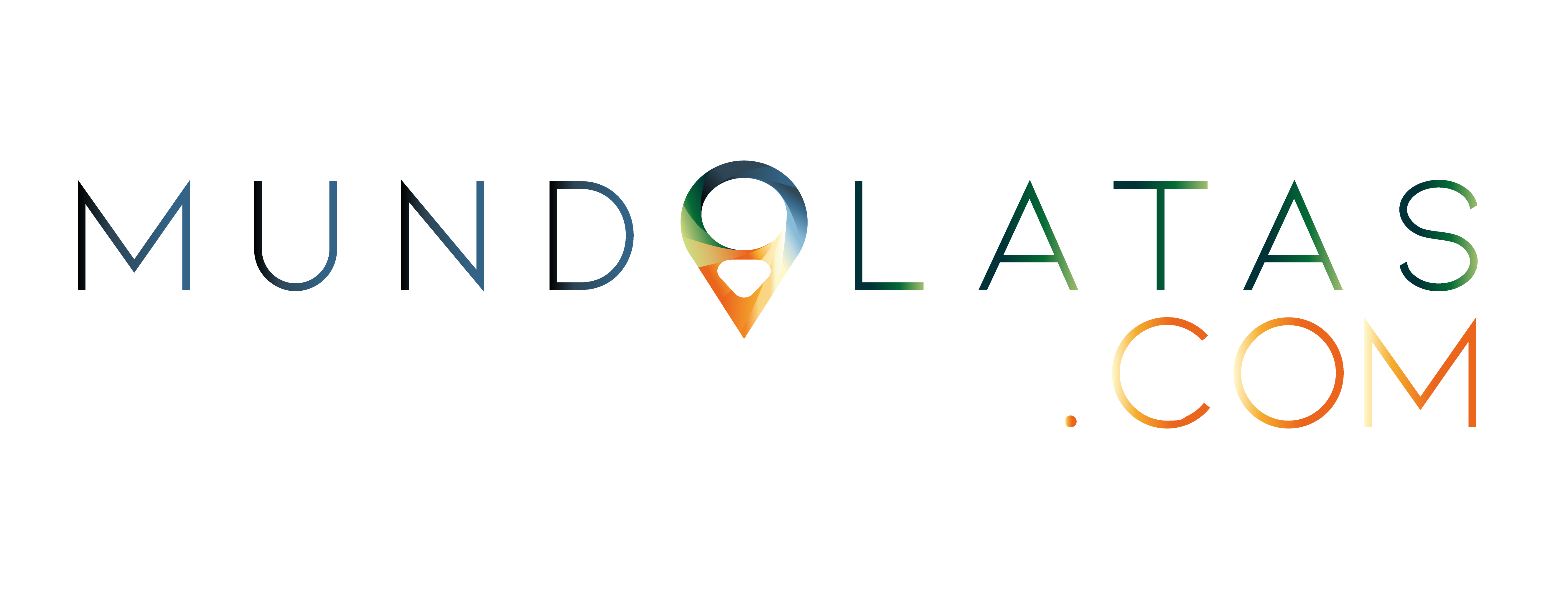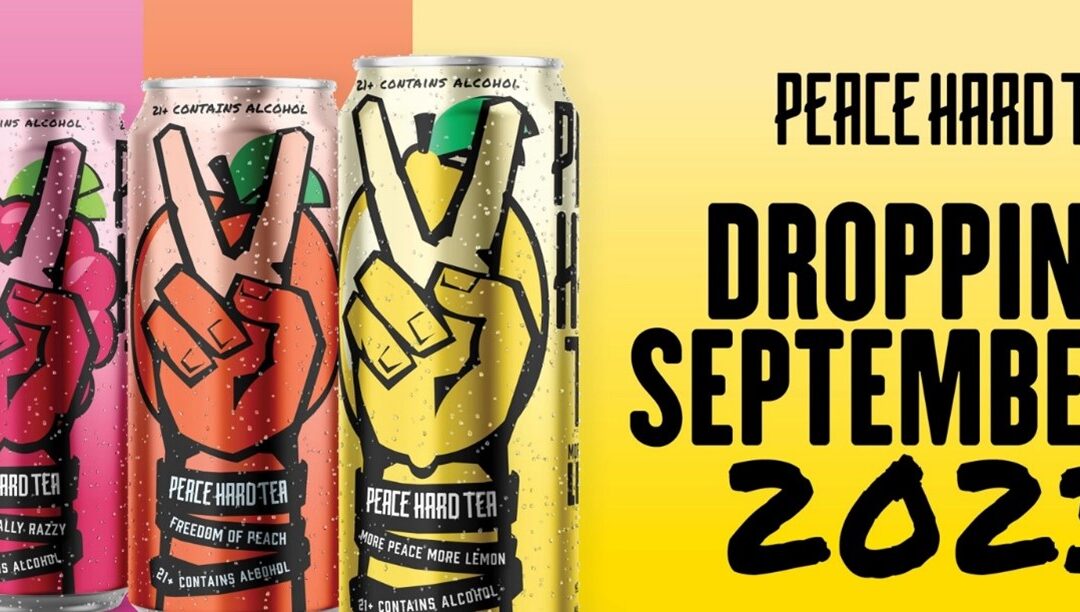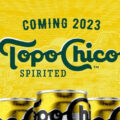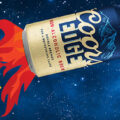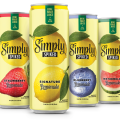Recently, Molson Coors Beverage Company made a splash by announcing the launch of Peace Hard Tea. This was possible thanks to the collaboration they have with The Coca-Cola Company.
Peace Hard Tea is an alcoholic beverage created from the popular, youthful fruit iced tea drink produced by The Coca-Cola Company, which has been a big hit with Generation Z-aged youth. In addition, it is available primarily in the southeastern United States.
In addition. Peace Hard Tea is a de-alcoholized beverage with 5% alcohol by volume. It will be sold in convenience stores in individual 24-ounce cans and will have three different delicious flavors to choose from: lemon tea titled More Peace More Lemon; Freedom of Peach and Really Really Really Razzy (raspberry tea).
Also, the hard tea Peace alcohol brand arrives to the market with an innovative proposal characterized by a new concept of flavor and presentation. According to the creators, they are building something unique with the idea of generating excitement and enthusiasm in the industry.
According to Amanda Devore, director of innovation marketing at Molson Coors, the hard tea category is steadily increasing by double digits year over year. This means there is an excellent opportunity to capitalize, especially as the brand has a huge loyal and enthusiastic following.
Molson Coors and The Coca-Cola Company have successfully developed a variety of alcoholic beverages under their popular brands. For example, Topo Chico Hard Seltzer has had different versions such as Margarita and Ranch Water.
Coca-Cola appears to be changing its promotional and marketing strategy, focusing on a regional brand rather than the national Gold Peak. It has been deduced that the cause of this is how companies seek to position themselves in the market by choosing Peace Tea.
The Molson Coors company highlighted the rapid growth of hard tea, around 25.25% annually. According to data provided by this company, the global market for this product reached a value of 2 billion dollars in 2020 and is expected to exceed 19 billion dollars by 2032.
